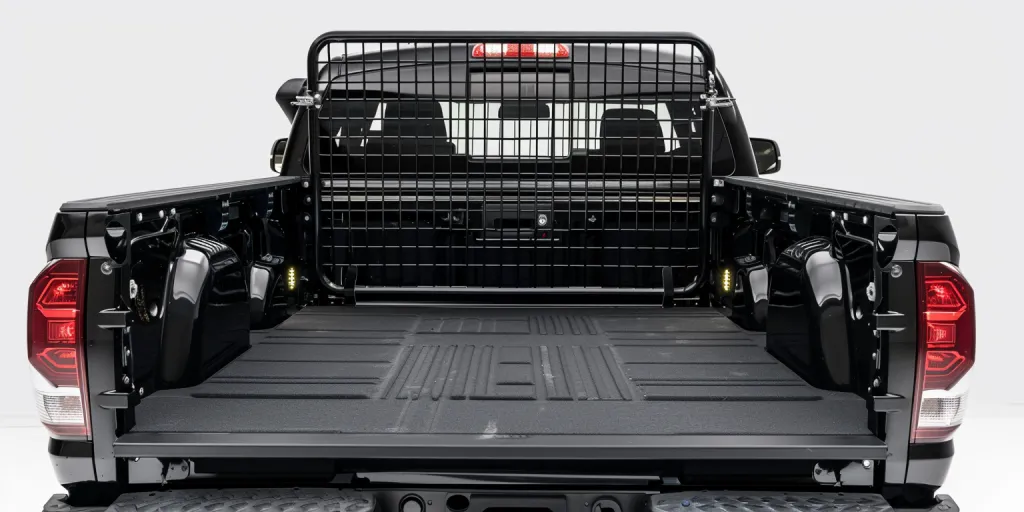Introduction: Whether you’re a seasoned truck owner or new to the game, understanding the importance of a headache rack for your truck can significantly enhance your vehicle’s utility and safety. This essential accessory is not just about aesthetics; it’s a critical investment in protecting your cargo and passengers. Let’s explore everything you need to know about headache racks, from their function and durability to selection and installation.
Table of Contents:
– What is a headache rack for truck?
– What does a headache rack do?
– How to choose a headache rack for your truck
– How long do headache racks last?
– How to replace a headache rack
– How much are headache racks?
What is a headache rack for truck?
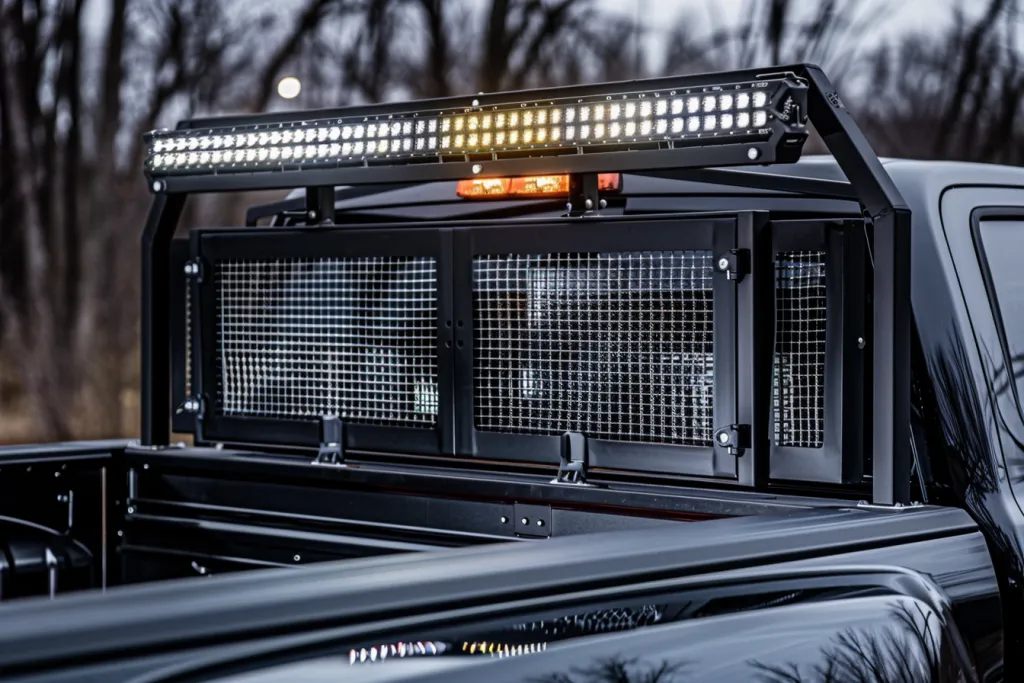
A headache rack, often considered an essential accessory for truck owners, serves multiple purposes beyond its rugged appearance. Primarily, it’s a protective barrier mounted at the rear of the cab, designed to shield the cab and its occupants from the potential danger of shifting cargo. Constructed from durable materials such as steel or aluminum, these racks are engineered to withstand significant impact, ensuring that in the event of a sudden stop, the cargo does not crash through the rear window.
The design of headache racks varies widely, catering to different truck models and personal preferences. Some are minimalist, focusing purely on function, while others incorporate additional features like lights, tie-down points, and tool mounts, enhancing the truck’s utility and aesthetic appeal. This adaptability makes headache racks a popular choice among truck owners looking to customize their vehicles for work or leisure.
Moreover, the installation of a headache rack can significantly impact the truck’s overall look, transforming it from a standard vehicle to a more professional and equipped workhorse. Whether for professional use in industries like construction and landscaping or for personal use in off-road adventures and camping, a headache rack adds a layer of safety, functionality, and style to any truck.
What does a headache rack do?

The primary function of a headache rack is to provide safety and protection. By acting as a barrier between the truck’s cab and its cargo, it prevents items from crashing through the rear window during abrupt stops or collisions. This protection is invaluable, potentially saving lives and preventing injuries to the occupants of the cab.
Beyond safety, headache racks offer enhanced functionality to the truck. Many are designed with integrated tie-down points, making it easier and more secure to strap down cargo. This feature is particularly beneficial for those who frequently transport large or irregularly shaped items that require extra stability. Additionally, some racks come equipped with mounting points for accessories like off-road lights, antennas, and toolboxes, further extending the truck’s utility and readiness for various tasks or adventures.
Aesthetic appeal is another significant benefit of installing a headache rack. It gives the truck a more rugged and professional appearance, signaling a serious work vehicle equipped to handle heavy-duty tasks. For many truck owners, this visual upgrade is as important as the functional benefits, contributing to a sense of pride and professionalism in their vehicle.
How to choose a headache rack for your truck
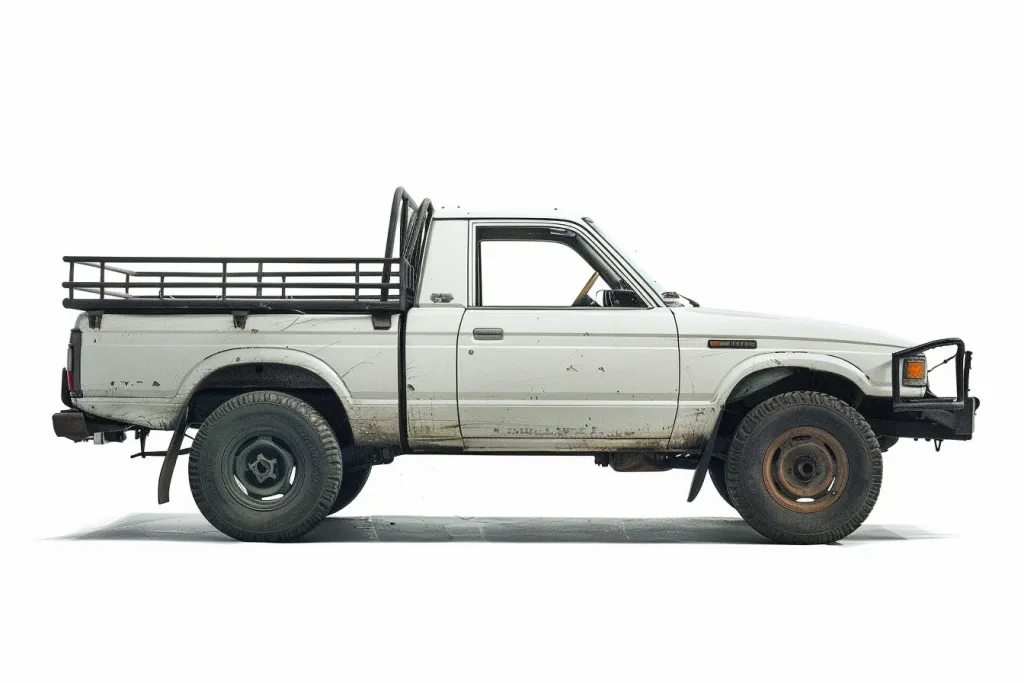
Selecting the right headache rack involves considering several key factors to ensure it meets your needs and preferences. Material is a critical aspect; steel racks offer unmatched durability and strength, ideal for heavy-duty applications, while aluminum racks are lighter, resistant to corrosion, and better suited for lighter loads and fuel efficiency.
Compatibility with your truck model is another essential consideration. Headache racks are not one-size-fits-all; they must be chosen based on the specific make, model, and year of your truck to ensure a proper fit. Additionally, think about the rack’s design and the features it offers. If you need extra storage or frequently transport oversized items, look for racks with additional tie-down points or accessory mounts.
Finally, consider the installation process. Some headache racks require drilling into the truck’s frame, which might not be suitable for everyone. If you prefer a less permanent solution or plan to remove the rack occasionally, opt for a model that offers a no-drill installation.
How long do headache racks last?
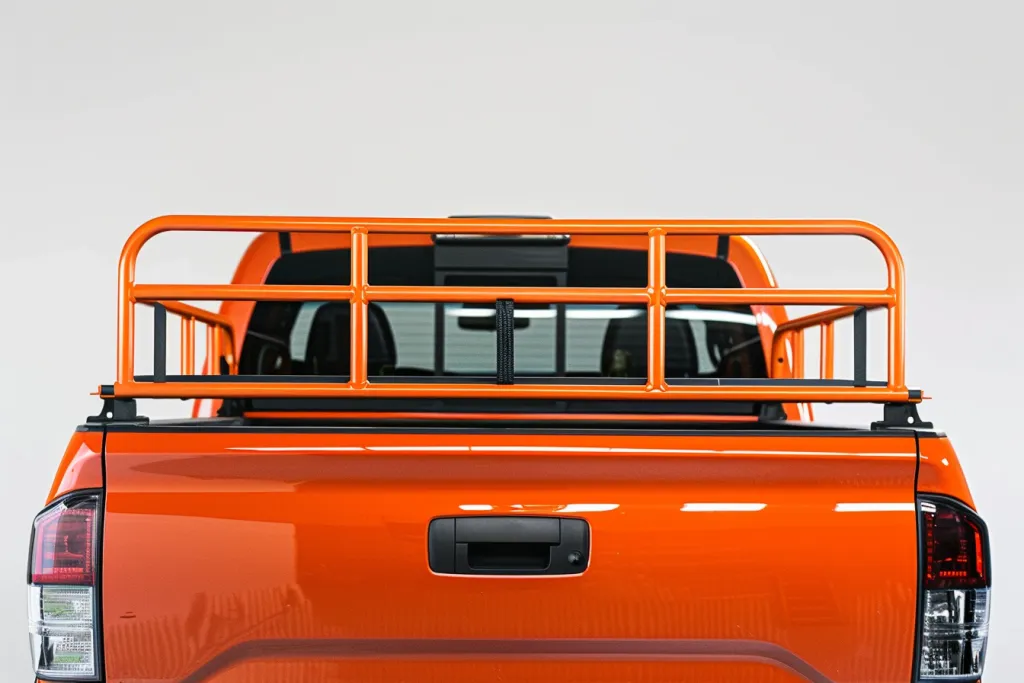
The lifespan of a headache rack largely depends on the material it’s made from and the conditions it’s exposed to. Steel racks, while incredibly durable, can be susceptible to rust if not properly coated or maintained, especially in harsh weather conditions. On the other hand, aluminum racks are naturally rust-resistant, offering a longer lifespan in environments where moisture and salt are prevalent.
Proper maintenance plays a crucial role in extending the life of a headache rack. Regular cleaning, inspection for damage, and touch-ups on protective coatings can prevent corrosion and wear, ensuring the rack remains functional and visually appealing for years.
With adequate care, a high-quality headache rack can last as long as the truck itself, providing lasting protection, functionality, and style. Investing in a well-constructed rack from reputable manufacturers and adhering to maintenance recommendations will maximize its lifespan and value.
How to replace a headache rack
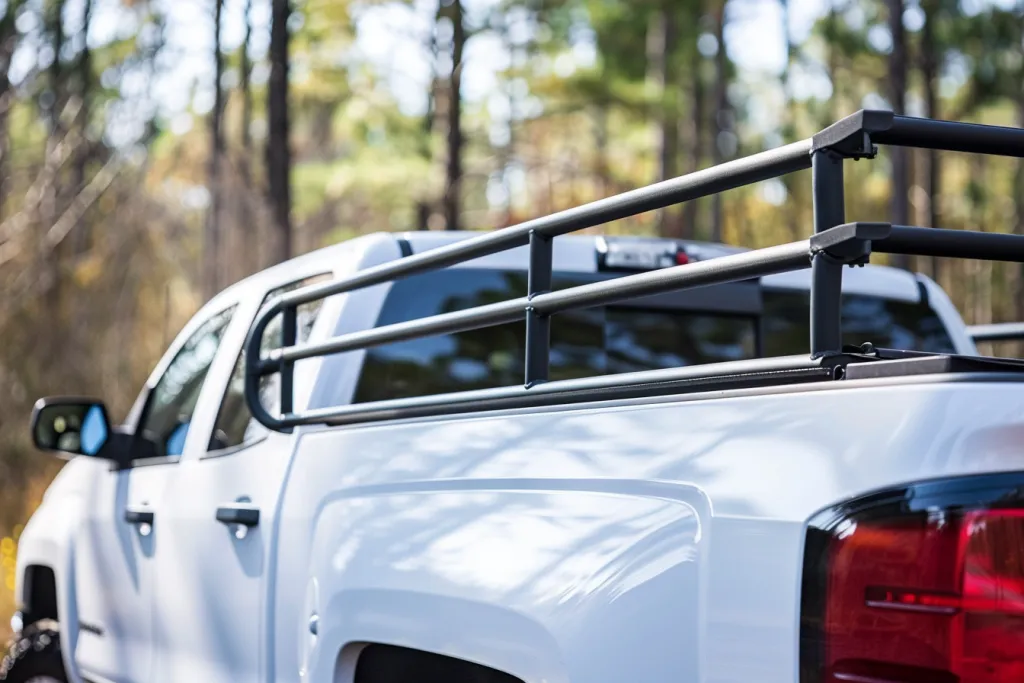
Replacing a headache rack involves several steps, starting with the removal of the old rack. This process may require tools like wrenches or socket sets, depending on the rack’s installation method. Carefully unscrew and remove all fasteners, being mindful of any wiring connected to the rack for lights or accessories.
Before installing the new rack, inspect the mounting points on the truck for any damage or wear that could affect the stability of the installation. Clean the area thoroughly to ensure a secure fit. Follow the manufacturer’s instructions closely when mounting the new rack, using all provided hardware and ensuring everything is tightly secured.
If the new rack includes additional features like lighting, wiring may be necessary. If you’re not comfortable with electrical work, consider seeking professional assistance to ensure a safe and proper installation.
How much are headache racks?
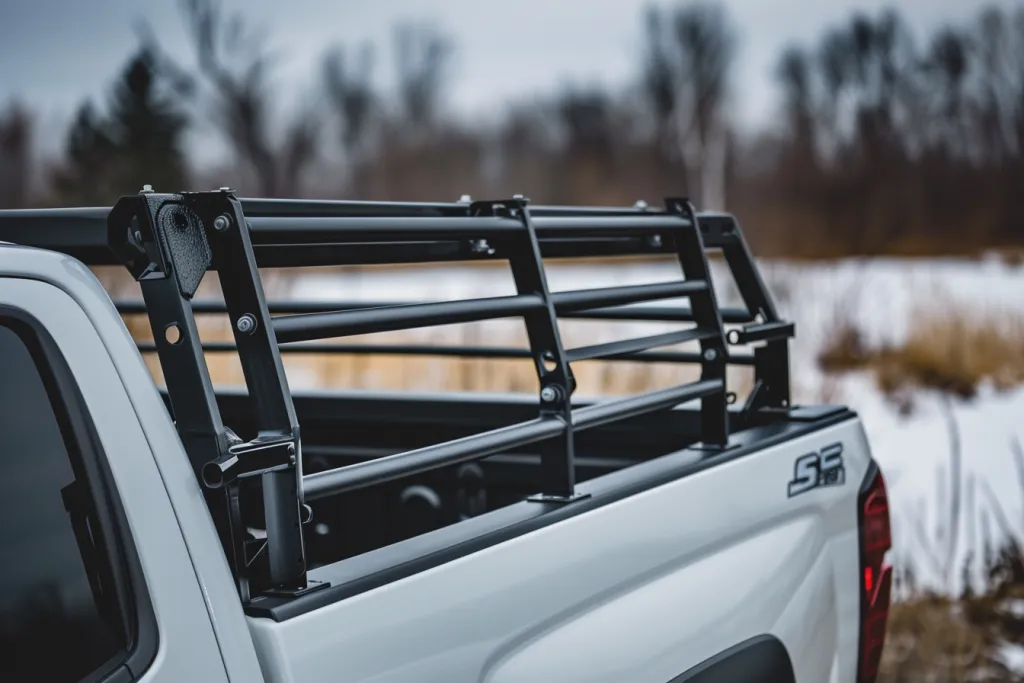
The cost of headache racks varies widely based on material, design, and features. Basic aluminum racks can start at a few hundred dollars, offering a lightweight and corrosion-resistant option for those on a budget. Steel racks, known for their durability and strength, can range from the mid-hundreds to over a thousand dollars, depending on the complexity of the design and additional features like integrated toolboxes or lighting.
Customization options can also impact the price. Custom-built racks designed to specific requirements or preferences will generally be more expensive than off-the-shelf models. However, they offer the advantage of tailored functionality and a perfect fit for your truck.
When considering the cost, it’s important to view a headache rack as an investment in your truck’s safety, functionality, and appearance. Choosing a rack that meets your needs and is built to last can save money in the long run by protecting your cargo and vehicle.
Conclusion: A headache rack is a versatile and essential accessory for any truck owner, offering protection, functionality, and style. By understanding the different types, materials, and features available, you can make an informed decision that enhances your truck’s utility and safety. With proper care and maintenance, a quality headache rack can serve as a lasting addition to your vehicle, proving its value over time. Whether for work or play, investing in a headache rack is a wise decision for any truck enthusiast.
